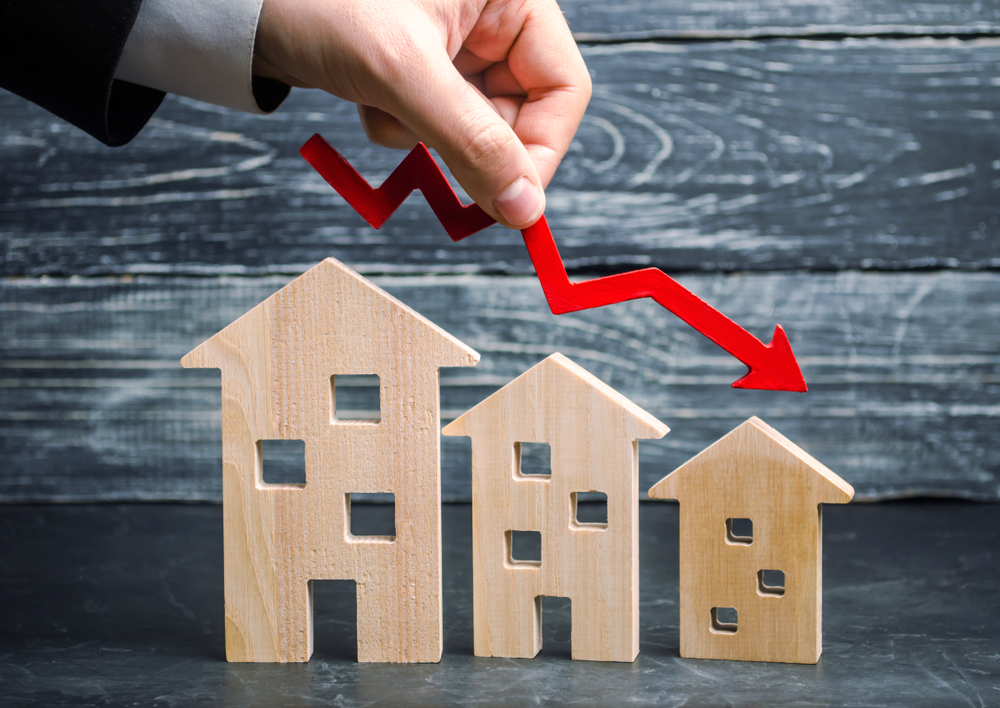Heat is coming out of the Australian property market as more homes are listed for sale and affordability challenges bite.
Nationally, home values edged up 0.4 per cent in December and rose 8.1 per cent over the 2023 year, according to property data group CoreLogic.
The monthly growth was the smallest gain since prices started rising again in February 2023, after a decline in 2022.
A separate dataset from PropTrack confirmed national home prices were flat in December.
PropTrack economist Anne Flaherty said there were a few reasons for the slowdown in the final quarter of 2023.
“There was an additional interest rate rise as well as an increase in the supply of homes listed for sale, which provided buyers more choice and helped to alleviate competition,” she noted.
CoreLogic research director Tim Lawless said home prices nationally were losing momentum but some regions and cities were doing much better than others.
“Such diversity across the capital cities can be broadly attributed to factors relating to demand and supply,” Mr Lawless said.
Another month of convincing growth in Perth, Brisbane and Adelaide was recorded in December, whereas stretched affordability weighed on Sydney and Melbourne markets.
Dwelling values across the three smaller cities have been rising by about one per cent a month since May.
In Melbourne and Sydney, dwelling price growth has slowed sharply since the June rate hikes, with both markets yet to return to record highs.
In the harbourside city, home prices lifted 0.2 per cent during December.
Melbourne values fell 0.3 per cent, marking a second month in decline.
Overall, for the three smallest capital cities, it was a softer year in residential property.
Hobart dwelling values were down 0.8 per cent over 12 months, Darwin was 0.1 per cent lower and the Australian Capital Territory recorded a soft 0.5 per cent increase.
Cities outperformed the regions last year as regional migration trends normalised after the pandemic drove demand for homes outside the major urban centres.
AMP chief economist Shane Oliver said national property prices were at risk of easing further in 2024, with growth already slowing.
Easing auction clearance rates was another sign housing demand was struggling to keep up with a better supply of listings as well as stretched affordability from higher mortgage rates and cost of living pressures.
“The supply shortfall in the face of strong immigration had the upper hand in 2023, but high interest rates and their lagged impact along with poor affordability now appear to be starting to reassert themselves,” he wrote in a client note.
Under these conditions, AMP’s economists expect national home values to fall by between three and five per cent in 2024.
“Of course, there is likely to be a big range around this with Sydney and Melbourne more at risk given higher debt levels but Adelaide, Brisbane and Perth are likely to remain relatively stronger with lower listings, a benefit from interstate migration and lower debt levels,” he said.
Prices should bottom out by mid-year and start recovering later in 2024, he predicted, as the Reserve Bank of Australia is likely to start cutting rates.
Mr Lawless similarly expects a year split into two distinct halves, starting with a milder six months tested by weakening economic conditions and the lagging impact of rate rises.
“If interest rates do move lower, there is a good chance we will see a lift in consumer sentiment and a more positive trend in housing activity and values through the second half of the year,” he said.
Poppy Johnston
(Australian Associated Press)






